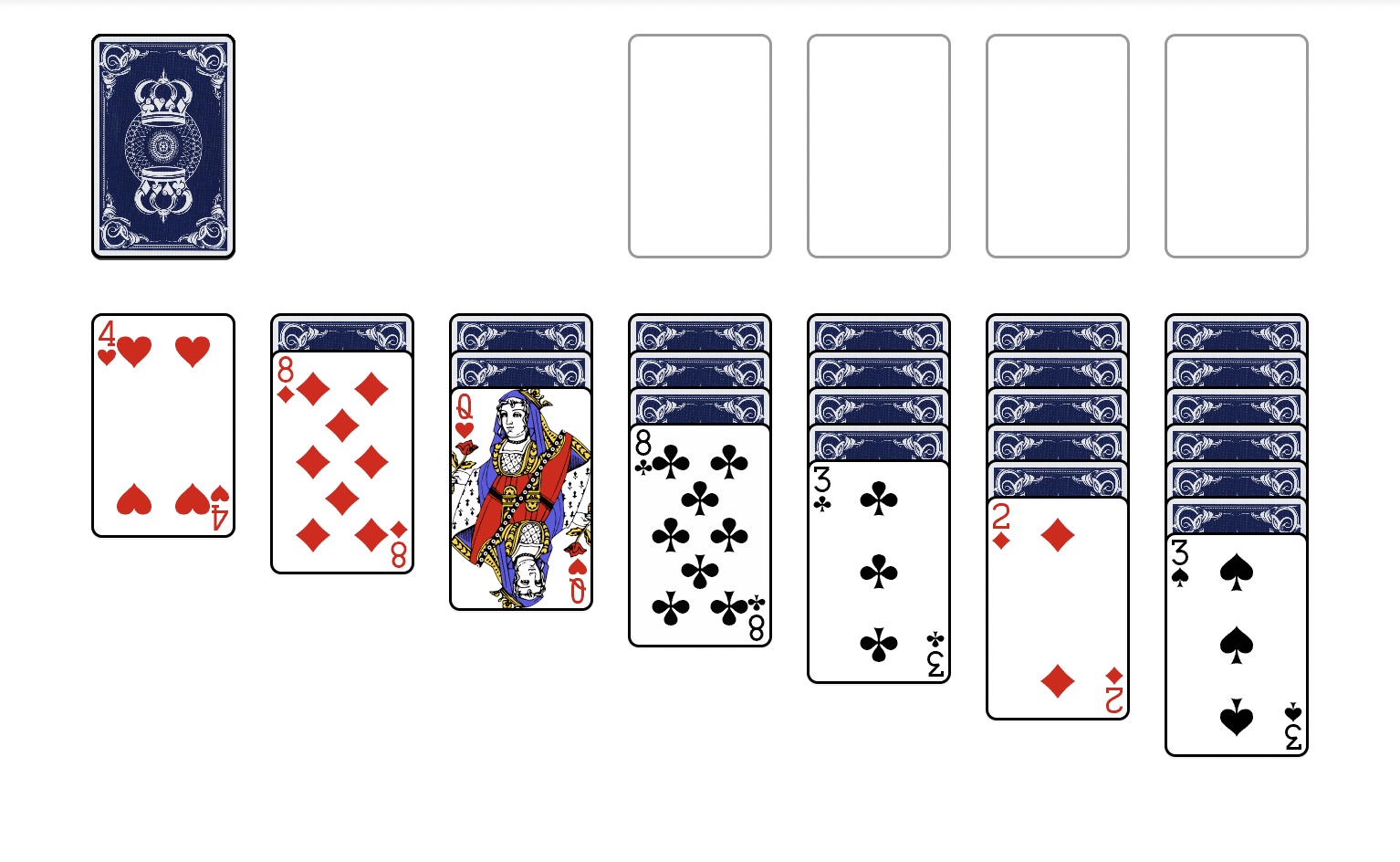- Wondering how to get Monopoly GO! free rolls? Well, you’ve come to the right place. In this guide, we provide you with a bunch of tips and tricks to get some free rolls for the hit new mobile game. We’ll …
Best Roblox Horror Games to Play Right Now – Updated Weekly
By Adele Wilson
Our Best Roblox Horror Games guide features the scariest and most creative experiences to play right now on the platform!The BEST Roblox Games of The Week – Games You Need To Play!
By Sho Roberts
Our feature shares our pick for the Best Roblox Games of the week! With our feature, we guarantee you'll find something new to play!All Grades in Type Soul – Each Race Explained
By Adele Wilson
Our All Grades in Type Soul guide lists every grade in the game for all races, including how to increase your grade quickly!
There’s a New Online Solitaire Game on the Scene, and This is How You Play it
SubGame’s Solitaire is the latest new arrival on the computer Solitaire scene, and it’s a fantastic example of the genre, with a nice clean interface, intuitive gameplay, and heaps of modes.

Video games keep getting bigger, shinier, and more complicated—but they’re not necessarily getting better.
In fact, when it comes to sheer longevity none of them can hold a match to Solitaire. Not only has Solitaire existed as a physical card game for hundreds of years, but its digital renaissance has made it more popular than ever before.
It’s not hard to see why. Computer Solitaire is the perfect marriage of fun and convenience, letting you engage with the core card-sorting gameplay without having to worry about looking after your cards or shuffling between hands.
SubGame’s Solitaire is the latest new arrival on the computer Solitaire scene, and it’s a fantastic example of the genre, with a nice clean interface, intuitive gameplay, and heaps of modes.

If you’ve somehow never played Solitaire before, all you need to know is that it’s a highly accessible, refreshingly straightforward card game that calls for tactical thinking, forward planning, and a healthy dose of luck.
Here’s how it all works.
Solitaire comes in tons of different variants, but the most recognizable is definitely Klondike. This is the version that many of us played for the first time on a Windows PC.
The object of the game is to take a deck of cards dealt randomly into seven piles—with one card in the first, two in the second, three in the third, and so on—and arrange them into four neat, numerically ordered, uniformly suited stacks called foundation piles.
Easy, right? Wrong!
To create a foundation, you need to start by uncovering an Ace. Problem is, every card in each pile is face-down except the one on top, and the only way to turn them over is to remove the top card by moving it onto either another pile or foundation.
But the only two cards you can place onto another face-up card are the ones that are the opposite color and one number down. For example, if you’ve got a 7 of Clubs at the top of one of your piles, you can put either a 6 of Diamonds or a 6 of Hearts on top of it. Nothing else.
And those cards might be buried face down in one of your piles, or still trapped in the deck.
As you can imagine, luck plays a part in every Solitaire victory.

But that doesn’t mean that Solitaire is entirely a game of chance. You can improve your odds by always aiming to expose face-down cards, placing Kings in empty spots, and never placing a card without considering the consequences.
Every hand of Solitaire is a unique strategic challenge, which is what makes this evergreen card game such an engrossing way to fill your downtime.
You can start right now by checking out SubGame Solitaire.
More articles...
Monopoly GO! Free Rolls – Links For Free Dice
By Glen Fox
Wondering how to get Monopoly GO! free rolls? Well, you’ve come to the right place. In this guide, we provide you with a bunch of tips and tricks to get some free rolls for the hit new mobile game. We’ll …Best Roblox Horror Games to Play Right Now – Updated Weekly
By Adele Wilson
Our Best Roblox Horror Games guide features the scariest and most creative experiences to play right now on the platform!The BEST Roblox Games of The Week – Games You Need To Play!
By Sho Roberts
Our feature shares our pick for the Best Roblox Games of the week! With our feature, we guarantee you'll find something new to play!All Grades in Type Soul – Each Race Explained
By Adele Wilson
Our All Grades in Type Soul guide lists every grade in the game for all races, including how to increase your grade quickly!







